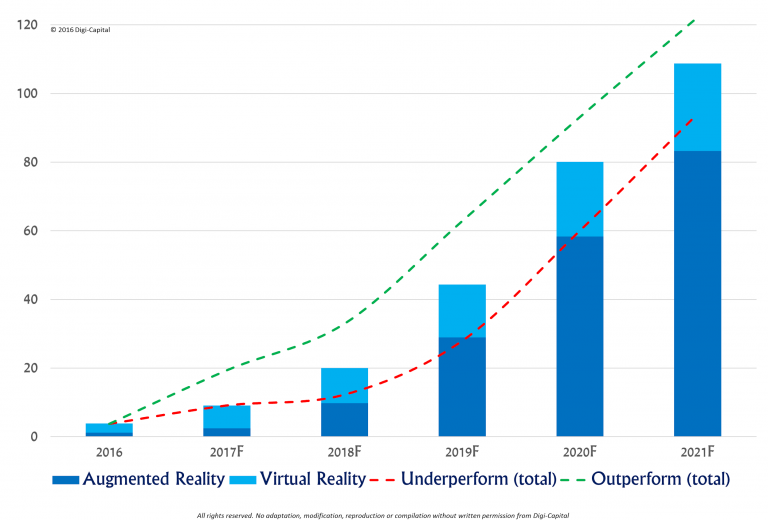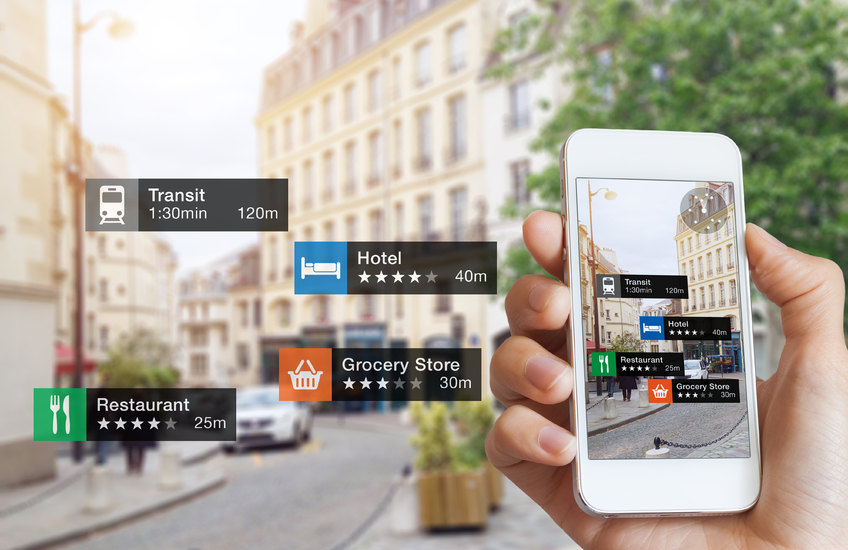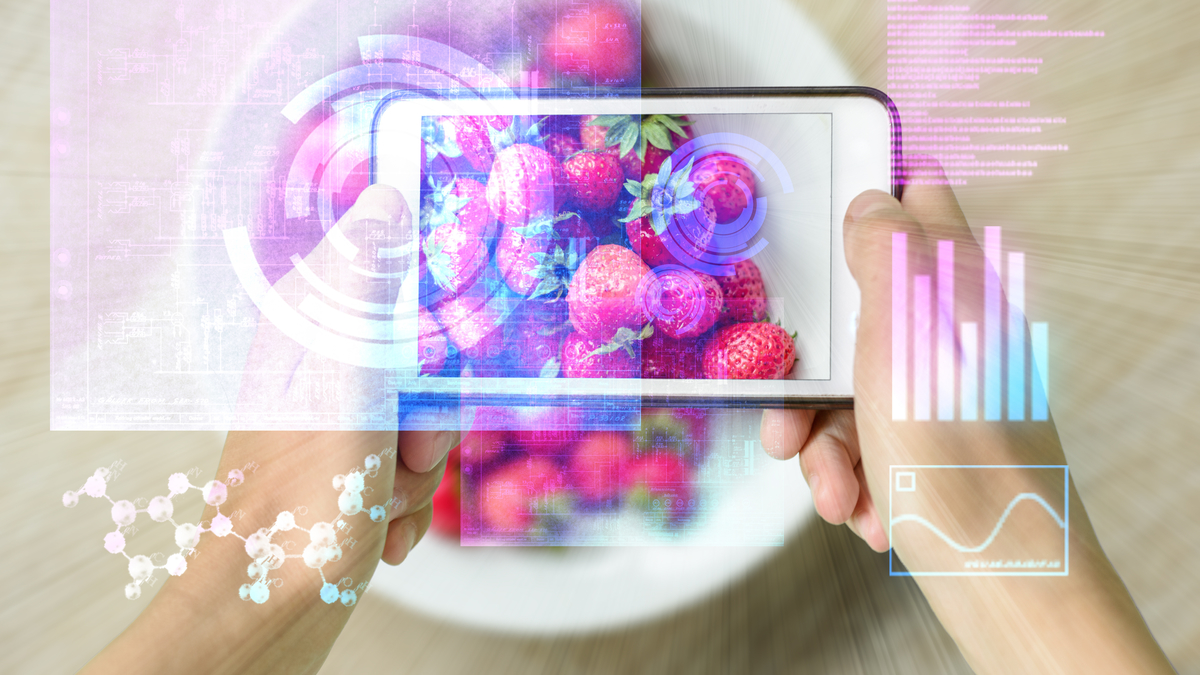Augmented reality (AR) is destined to be a turning point in the retail industry shopping experience. In fact, an ABI Research study estimates that this year 3% of the industry’s revenue will be generated by augmented reality, equivalent to $122 billion in global business.
What is augmented reality?
Augmented reality is the term used to define the technology that allows digital elements to be displayed in real environments. Through devices such as smartphones, tablets or digital glasses, the user perceives overlapping layers of data.
It is worth noting the difference between the concepts of augmented and virtual reality: while the former integrates real and digital elements, the latter takes the user to a completely different reality.
Augmented reality improves the customer experience in retail
Commonly associated with the video game industry (especially in the wake of Pokemon GO), augmented reality has been on many retailers’ R&D agendas for years, partially due to its positive reception by users. According to a study conducted by Artillery Intelligence on Mobile AR, 73% of the surveyed people say they respond very positively to its use.
One of the main problems faced by the retail sector in online sales is the uncertainty that surrounds the consumer regarding the quality and convenience of the products, due to this lack of direct contact with the item that is being purchased. With augmented reality, this frontier between the physical and the digital is diluted.
The possibilities of augmented reality go in a clear direction: achieving an omnichannel, mixing the physical channel with the digital one is the great challenge of retailers who seek to adapt to the needs of consumers in the 21st century. This technology can completely change the decision phase of the customer journey map.
Pilar Martínez, Senior Digital Marketing Consultant at Labelium Spain
Augmented reality not only improves the user experience, but also decreases shopping time, solves the lack of space for in-store stock, and strengthens the brand-customer relationship. For this reason, large companies have preferred to bet on AR rather than virtual reality, although both are growing, as reflected in Queppelin’s chart on the use of both technologies:

4 applications of augmented reality in the retail sector
How can this technology improve the shopping experience so much? The following applications are great representative examples:
Virtual tester or smart tester
This technology has been widely accepted by the fashion and beauty industries. Thanks to the AR, customers can see themselves with the product they want, whether it is clothing, shoes or even make-up.
Projection of the physical space
Now the consumer can have a preview of how a piece of furniture, appliance or other product would look in their home with a gesture as simple as pointing the smartphone or tablet towards the chosen location. Major brands such as Amazon, Ikea and Dulux have already implemented this augmented reality application.
Street information
Augmented reality is an infinite source of information from the physical stores that would be around pedestrians in any city. Through any adapted device, it is possible to obtain all the data on the business, opinions or addresses that Google keeps in its servers, but without the need to type in a search engine.

Smart Glasses
They connect workers to the store’s network, enabling them to access all the information simultaneously. As a result, there is an increase in productivity with a decrease in employee response time and a better customer experience in the physical store.
Internet of the senses, the next step?
Amazingly, there is still a step beyond augmented reality. The imminent arrival of 5G will bring with it a conceptual breakthrough in how we understand brand/user communication. Now, it will be the human senses (sight, touch, smell, feel and taste) that will capture the attention of the world’s leading developers, as this revealing article from Ericsson on the future of the technology industry shows.
Maintaining an optimal customer experience is the present and future for retailers who want to attract a practical and increasingly technological user. How far will they be able to go? Only time will tell.







